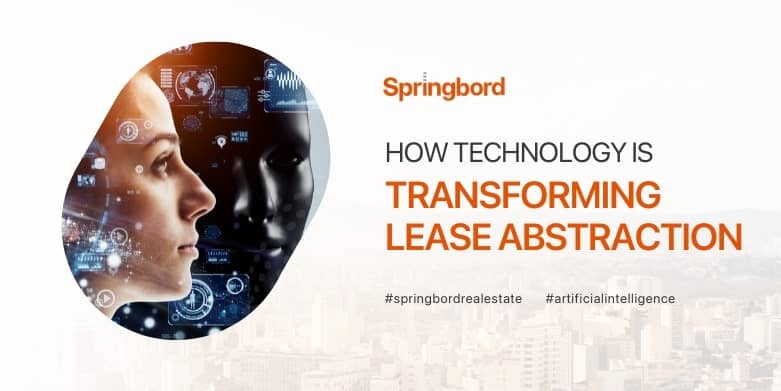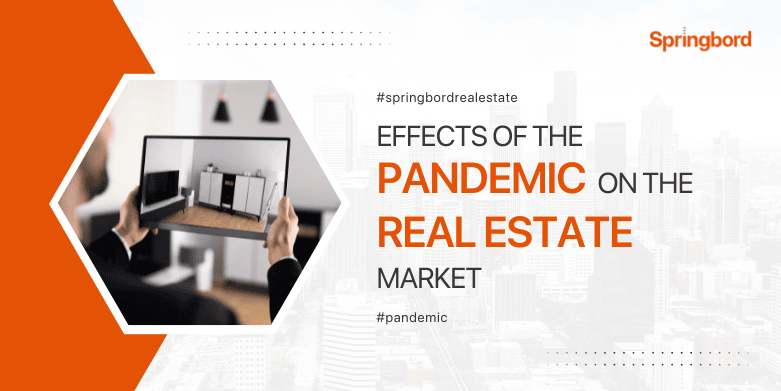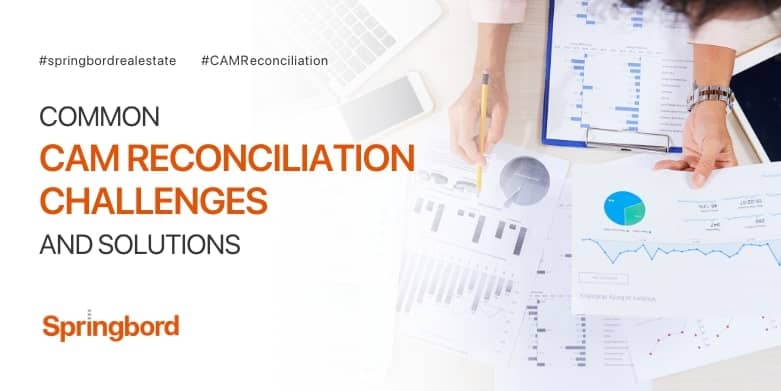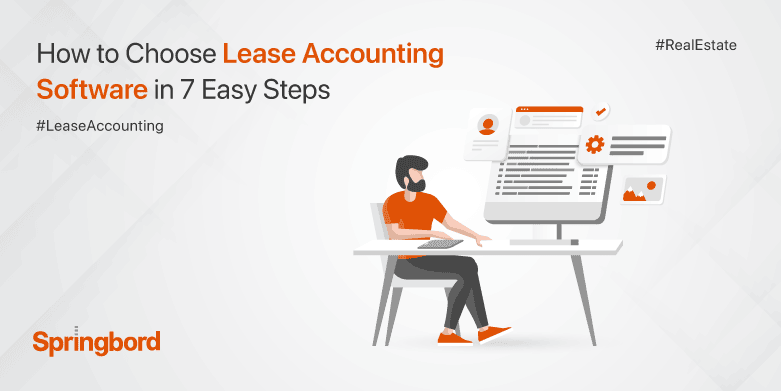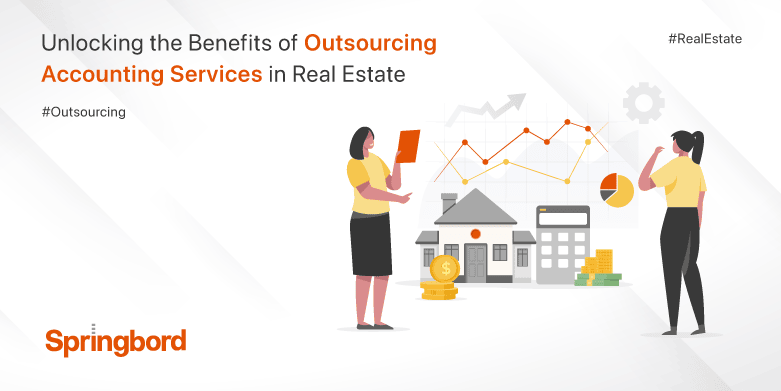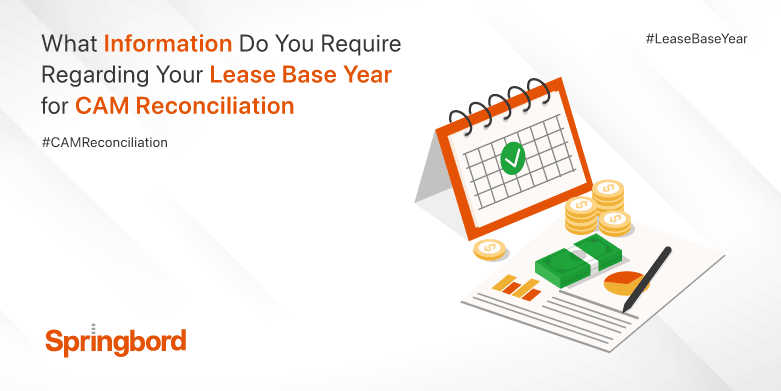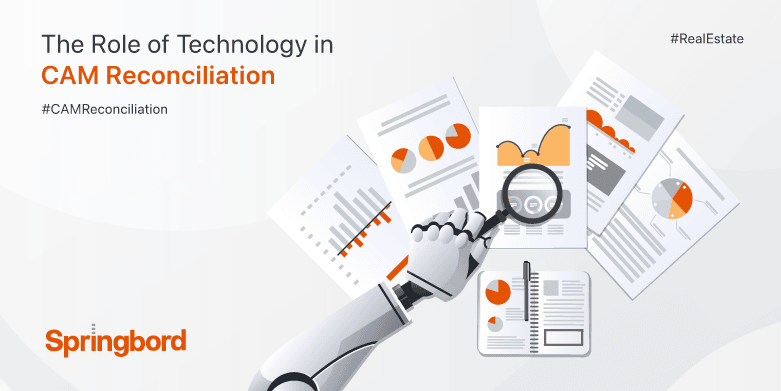Lease abstraction is the process of summarizing complex lease agreements into a standardized format. Lease abstraction automation has become an essential part of real estate portfolio management, as it helps businesses manage their leases efficiently and effectively. With the advancement of technology, automated lease abstraction has become increasingly automated and streamlined. In this article, we
The real estate market is just one area that has been severely impacted by the COVID-19 pandemic. As a leading real estate service provider, Springbord has been closely monitoring the effects of the pandemic on the real estate industry. In this article, we will examine the key trends and insights shaping the real estate market
Springbord is a leading service-providing company that specializes in helping businesses manage their real estate portfolios efficiently. One of the most crucial aspects of real estate portfolio management is lease administration. Effective lease administration requires a thorough understanding of regulations, contracts, and financial analysis. In this article, we will discuss best practices for lease administration
Springbord is a company that specializes in providing vacation rental properties to travelers seeking a comfortable and luxurious stay. Vacation rental properties have become increasingly popular in recent years as they offer many benefits to travelers that traditional hotels cannot match. In this article, we will explore the benefits of vacation rental properties and how
As a leading service provider in the real estate industry, Springbord understands the importance of CAM (Common Area Maintenance) reconciliation for property owners and managers. CAM charges are a vital aspect of commercial leases that can significantly impact the financial performance of a property. However, the process of reconciling these charges can be complex, and
When it comes to buying or selling a property, hiring a real estate agent can offer numerous benefits. One of the most significant advantages of hiring a real estate agent is their expertise and experience in the field. Real estate agents have extensive knowledge of the local real estate market, and they can provide you
When selecting lease accounting software, it’s important to give careful thought to avoid potential issues. A common blunder for businesses is to sign a contract before giving careful consideration to their requirements. Inadequate software support, including a lack of training, and underperforming software are both possible outcomes. Companies face unprecedented challenges in trying to stay
The accounting departments of real estate firms are increasingly adopting an outsourced method to improve operational efficiency. When it comes to running and growing their firms, investors, owners, and operators should devote the bulk of their efforts. Finding new investment possibilities, structuring transactions, increasing returns on existing assets, and running a day-to-day business are all
CAM (Common Area Maintenance) reconciliation is an important process for commercial property landlords and tenants to understand. It involves comparing the actual expenses incurred for maintaining and operating a property during a specific period, known as the “current year,” to the expenses that were budgeted for that period, known as the “base year.” The difference
Technology has been rapidly advancing in recent years, and it has had a profound impact on various industries, including the property management industry. One area where technology has made a significant impact is in the CAM (Common Area Maintenance) reconciliation process. The CAM reconciliation process is a critical aspect of property management as it involves


